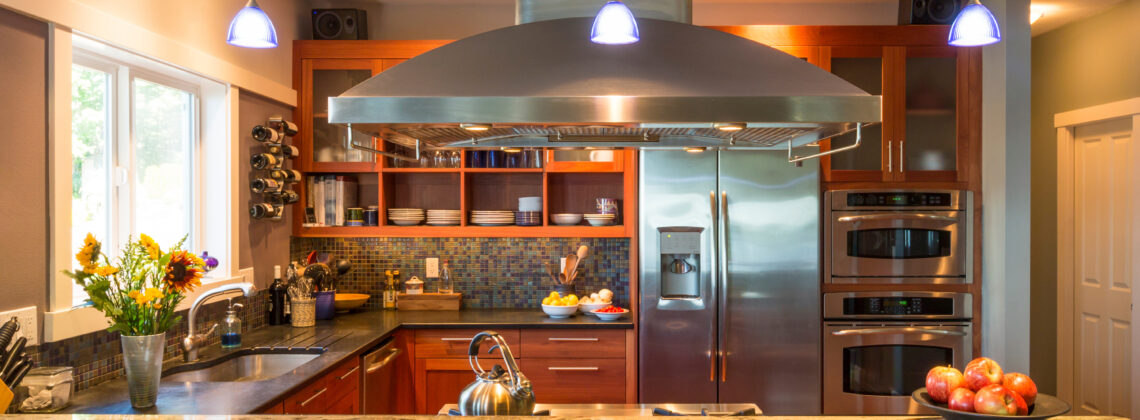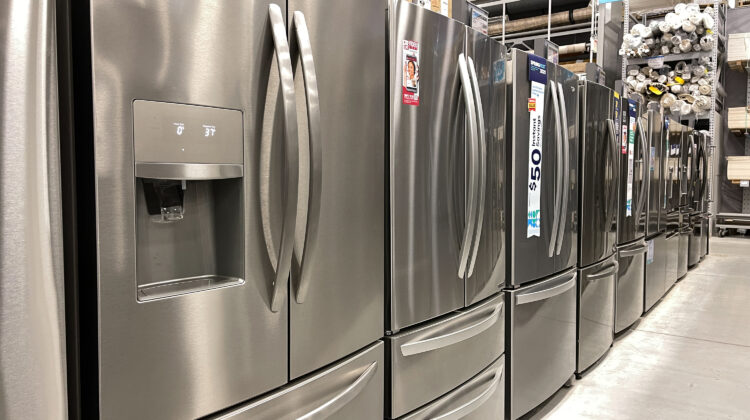
If your eyes glaze over when you hear the words “appliance limit upgrades,” you are not alone. What even is that? you might be asking yourself. And why should I care? It’s a somewhat unexciting topic, to be sure, until you are faced with phone calls from clients you just sold a high-end home to. Unfortunately, that built-in sub-zero refrigerator just broke down and now your clients are faced with a $10,000-$20,000 replacement bill right after closing on their dream house. Not a happy moment. But being able to calmly tell them to call the home warranty company you so thoughtfully chose for them is worth gold. And that is why you should care about appliance limit upgrades. Here’s the skinny on appliance limit upgrades:
THE GIST OF APPLIANCE LIMIT UPGRADES
Appliances and appliance repairs are more costly than ever. In addition, appliances don’t seem to last as long as they used to. So buying that extra coverage definitely makes sense and it’s easy: Basically, for a nominal fee you can add the Appliance Limit Upgrade to your selected home warranty as an add-on in coverage. This will effectively add thousands of dollars in repair or replacement to the appliance in question. As such, that “nominal fee” could be worth thousands and definitely will help buy peace of mind for all involved after the real estate transaction has closed.

Consider the following example: Let’s say your client has refrigerator coverage and the aggregate limit is five thousand dollars. But with the upgrade, that coverage is then doubled to ten thousand dollars.* Same math also applies to other appliances, such as clothes washers, dryers, dishwashers, and so forth. These days, many refrigerators are $10,000 and up, so an appliance limit upgrade makes a lot of sense.
KNOW THE DETAILS
Like any insurance policy, your contract will list specific rules of coverage, limitations and exclusions. There is typically always a service fee for the technician to come out, which is paid by the homeowner. Again, it’s typically a “nominal” fee. Most coverage is usually not “all inclusive” but usually includes “normal wear and tear.” Manufacturer defects usually aren’t covered. Appliances that are misused or abused won’t be covered. And so forth. It’s important to know the general limits of coverage, which are determined by the state you are operating in. Coverage limits can be found in the brochure created for your state. Once your transaction has closed, your clients should receive their contract in the mail within 10 days.
BE THE HERO
Home warranties are popular with real estate agents for a number of very good reasons. One, they make a perfect closing gift for your buyers which helps generate repeat business and word of mouth referrals. Secondly, they help protect your reputation and your business. Being able to direct your clients to the home warranty company for help with an expensive but broken appliance is invaluable. This makes you the hero when something goes wrong with a home’s systems after closing. Third, a home warranty can usually be renewed by your clients, ensuring years of valuable coverage. And a home warranty can be a great negotiation tool during the real estate contract stage of your deal.
Other things to keep in mind: if you’re not the one providing the home warranty, it could make sense for your buyers to ask the seller to provide one as part of the closing negotiations. If you’re the listing agent, it’s a smart idea to have your sellers include a home warranty to sweeten the deal–and don’t forget to add the rider “Home Warranty Included” on your sign for added exposure.
For the average cost of $500 -$900 for a home warranty, it is money well spent. And for an additional small sum to include an appliance limit upgrade, it can add thousands of dollars of valuable coverage for those expensive appliances. And that is why you should care about appliance limit upgrades.
*Please read your contract for specific coverage, limitations, and exclusions. Prices in this article are subject to change.
